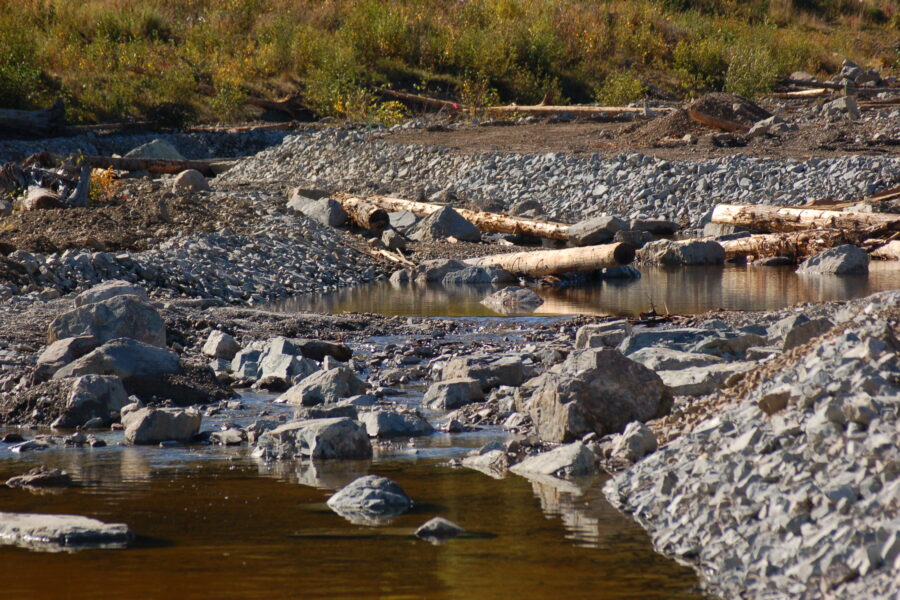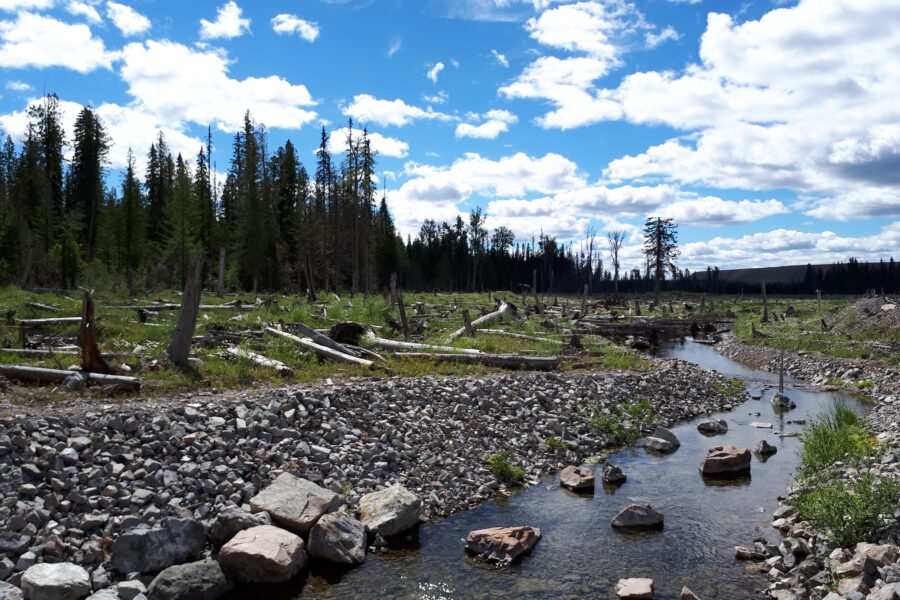Tag: polley lake weir

September site tour with the Habitat Remediation Working Group
October 14, 2020
The remediation of Hazeltine Creek has been planned and advanced through the direct collaboration of Mount Polley mine employees, government agencies, First Nations and their technical advisors. This collective is called the Habitat… Read more »

Rainbow trout return to Hazeltine Creek
August 21, 2020
In 2018 a milestone was celebrated by the Mount Polley Environmental Team (MPET) when the efforts of the remediation work rebuilding Hazeltine Creek witnessed the return of Rainbow Trout, Redside Shiners and Long Nose Suckers to the rebu… Read more »